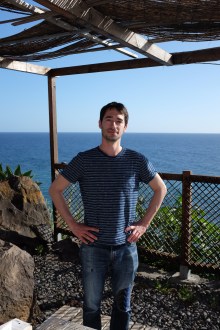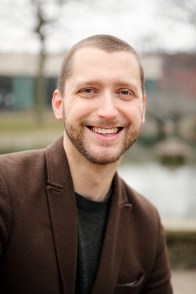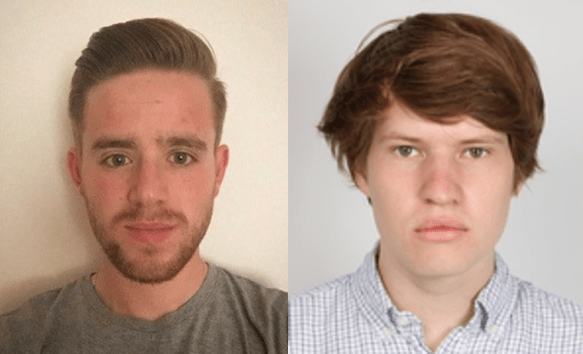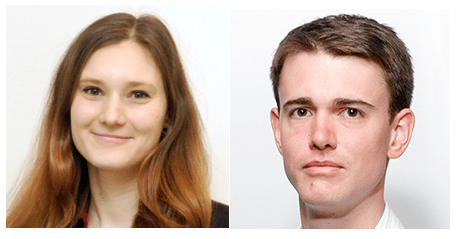Fermionic vacuum around Kerr black holes spontaneously decays to form a co-rotating Fermi sea.
Antonin Coutant and Peter Millington
With the direct observation of gravitational waves produced in black-hole and neutron-star mergers by LIGO (the Laser Interferometry Gravitational-Wave Observatory), we have entered an exciting new era of multi-messenger astronomy. For the first time, we are able to determine the properties of some of the most violent events in our universe, testing our theories of gravity and particle physics in extreme regimes.

Antonin Coutant is a post-doctoral fellow in the Acoustic Laboratory of Le Mans University
We often think of black holes as giant sinks, which swallow up anything that passes nearby and from which nothing can escape. However, this picture is not quite right, as Stephen Hawking and others have shown. In 1971, Roger Penrose discovered a process that allows rotational energy to be extracted from black holes. Most astrophysical black holes are expected to spin on their axes, due to their formation from the collapse of initially asymmetric or rotating matter distributions. Understanding how these black holes lose angular momentum is of major interest for gravitational-wave astrophysics and, at the same time, can provide constraints on new models of fundamental physics. A peculiar process of angular-momentum loss is induced by the quantum vacuum of fermionic particles: a co-rotating sea of fermions forms spontaneously around the black hole, extracting some of its rotational energy.
Rotating black holes are described theoretically by the Kerr metric, after Roy Kerr, who found this solution to Albert Einstein’s equations of General Relativity in 1963. One peculiarity of this solution is the existence of the ergoregion, where physical objects are forced to co-rotate with the black hole. To extract the black hole’s rotational energy and angular momentum, the Penrose process exploits the unusual properties of the ergoregion. Specifically, a classical particle incident on the ergoregion can back-scatter inelastically, with the ejected particle having an increased energy. For scattering waves, a similar process leads to the phenomenon of superradiance: an incident wave can be back-scattered with increased amplitude. This effect has recently been observed in a water-wave analogue. Now, if we can arrange for the reflected wave to be directed back towards the black hole after each back-scatter, its amplitude will grow exponentially.

Peter Millington is a Research Fellow in the Particle Cosmology Group at the University of Nottingham.
In quantum theory, massive particles also behave as waves, and massive particles can become trapped near black holes. A scalar field (describing a spin-zero boson), with Compton wavelength comparable to the size of the black hole, will scatter in the ergoregion and undergo superradiance. Modes that are trapped near the black hole can then scatter repeatedly, leading to an instability known as the black-hole bomb. If such light scalar fields exist in nature, this instability affects the population density of certain angular momenta of black holes, allowing observations to set limits on the masses of these fields.
The black-hole bomb instability cannot occur for fermionic fields (having half-integer spin), due to Wolfgang Pauli’s exclusion principle, which prevents more than one fermion being in any given state. However, rotating black holes emit a steady radiation of massless fermions in the same frequency range as superradiance would be expected for bosons. This is known as the Unruh–Starobinsky radiation, discovered by William Unruh and Alexei Starobinsky. When the fermions are massive, the steady radiation is replaced by an instability, corresponding to the decay of the quantum vacuum to a non-trivial state: the Kerr-Fermi sea, where certain fermion modes that co-rotate with the black hole are populated by extracting its rotational energy and angular momentum.
Continue reading →
Tell your friends about CQG+






You must be logged in to post a comment.